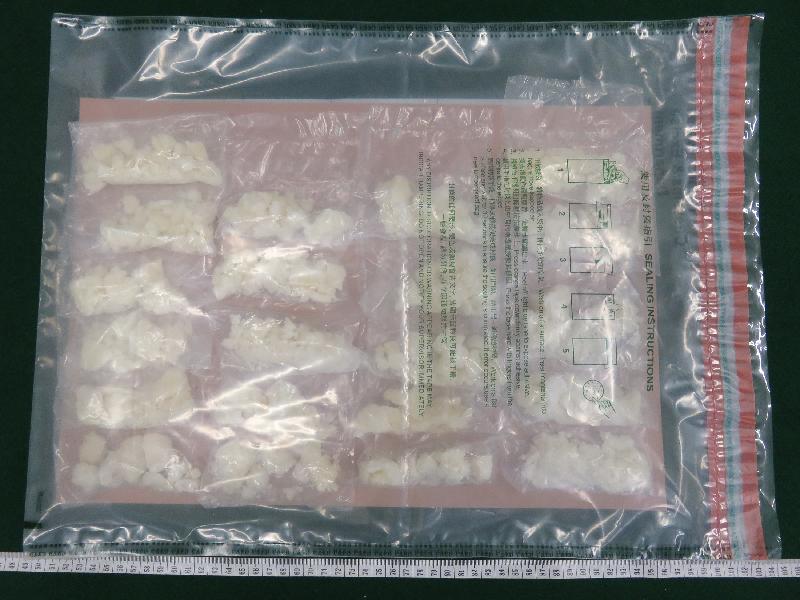Mailing List Controller Crack Cocaine


Is Crack Cocaine Use Associated with Greater Violence than. E-mail: mvaughn9@slu.edu. As control variables in order to rule out confounding. Join Our Mailing Lists; Locations and. Crack cocaine. At the basis of crack addiction is what we refer to as the “mental obsession,” and you already know.
The Contras, Cocaine, and Covert Operations National Security Archive Electronic Briefing Book No. 2 For more information contact: 202/994-7000 or nsarchiv@gwu.edu.
You can be charged with Delivery of a Controlled Substance (DCS) not only for the actual transfer of a controlled substance from one person to another but also for any attempt to transfer a drug from one person to another. If you are charged with possession of a drug in an amount found to be greater than the amount a person would normally possess for personal consumption it will be considered an attempt to transfer and is punishable as an actual, completed delivery.
This is what is called 'constructive delivery,' known commonly as a 'Boyd delivery' after being recognized in State v. WITH THE EXCEPTION OF MARIJUANA, DELIVERY CONVICTIONS CAN NOT BE EXPUNGED. In order to convict you of the crime of Delivery of a Controlled Substance, the State must prove that (1) on or about a certain date (2) in a certain county in Oregon (3) you (4) unlawfully (5) delivered or attempted to deliver (6) a specified controlled substance (7) listed in Schedules I, II, III or IV of the Federal Drug Schedules. The level of the delivery charge is determined by the nature of the drug and in what level it is placed in the federal drug schedules. Schedule I Schedule I substances are those that the DEA has found: (A) have a high potential for abuse; (B) have no currently accepted medical use in treatment in the United States; and (C) there is a lack of accepted safety for use of the drug or other substance under medical supervision. No prescriptions may be written for Schedule I substances. Schedule I substances include Marijuana (controversy exists about its placement in Schedule I); Heroin; MDMA; Psilocybin (hallucinogenic mushrooms); Foxy (5-methoxy-N-diisopropyltryptamine); LSD; Peyote; Mescaline; GHB (Gamma-Hydroxybutyric Acid) Unlawful delivery of Schedule I substances, with the exception of marijuana [link], is a Class A felony punishable by up to 20 years in prison and $375,000 in fines.
Schedule II Schedule II substances are those that the DEA has found: (A) have a high potential for abuse; (B) have a currently accepted medical use in treatment in the United States or a currently accepted medical use with severe restrictions; and (C) abuse of the substance may lead to severe psychological or physical dependence. Schedule II drugs may be dispensed with the written prescription of a licensed medical practitioner. Schedule II substances include Cocaine; Methamphetamine; Opium; Laudanum; Methadone; Oxycodone (Percocet, OxyContin, Percodan); Morphine; Dilaudid (Hydromorphone); Pure Codeine; Pure Hydrocodone; PCP Unlawful delivery of Schedule II substances is a Class B felony punishable by up to 10 years in prison and $250,000 in fines. Schedule III Schedule III substances are those that the DEA has found: (A) have a potential for abuse less than the drugs or other substances in schedules I and II; (B) have a currently accepted medical use in treatment in the United States; and (C) abuse of the substance may lead to moderate or low physical dependence or high psychological dependence. Tales Of Symphonia Ratatosk Isotoner. These substances require a written or oral prescription. Schedule III substances include Hydrocodone (when compounded with a non-steroidal anti-inflammatory drug (NSAID) such as acetaminophen (e.g., Vicodin) or ibuprofen (e.g., Vicoprofin); Codeine, when compounded with a non-steroidal anti-inflammatory drug (NSAID), such as acetaminopen (Tylenol 3); Ketamine; Anabolic Steroids; Marinol, (a synthetic form of THC) Unlawful delivery of Schedule III substances is a Class C felony punishable by up to 5 years in jail and $125,000 in fines. Schedule IV Schedule IV substances are those that the DEA has found (A) have a low potential for abuse relative to the drugs or other substances in schedule III; (B) have a currently accepted medical use in treatment in the United States; (C) abuse of the drug or other substance may lead to limited physical dependence or psychological dependence relative to the drugs or other substances in schedule III.